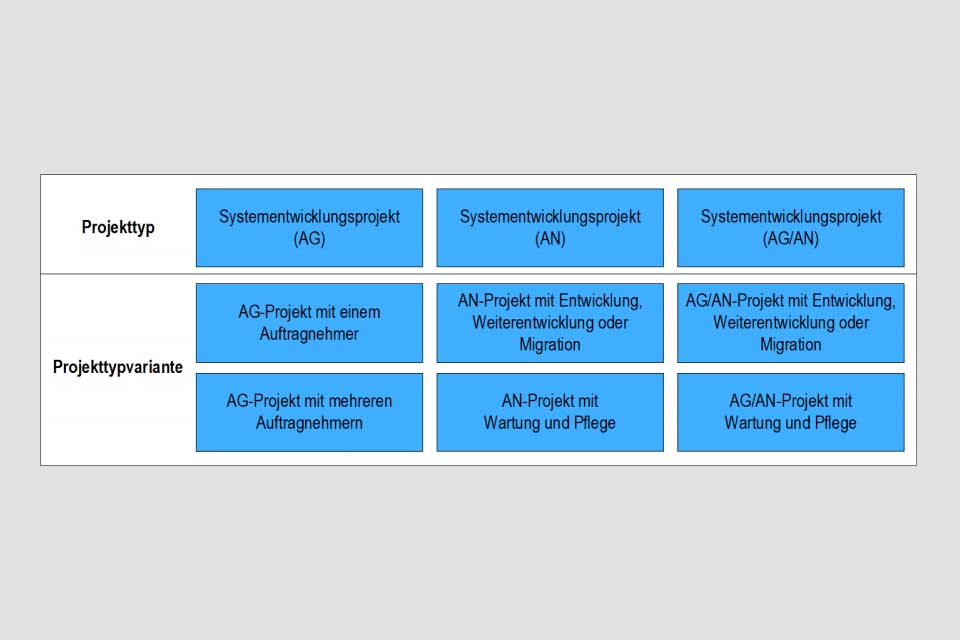What is a Project Characteristic?
Smartpedia: Project characteristics are often used to determine projects. V-Modell XT uses project characteristics to adapt the general procedure for a specific project.
Project Characteristic – the profile of a project
There are a number of characteristics that help to determine whether a project is a project or not. The following project characteristics are often used to identify projects:
- Objective: What is the objective of the project? Without an objective, there is no framework for the project and therefore no basis for planning, managing and measuring the success of the project. The objective is an essential characteristic of the project.
- Time, personnel or financial limitations: What is the time scope of the entire project? Who is involved in the project, to what extent and over what period? What skills are required? What budgets are available? Without knowledge of these or similar limitations, important project characteristics are missing.
- Organisational form: Projects need a concrete organisational form with hierarchies, powers of instruction, interdisciplinary composition, tools, etc. if necessary. A temporary organisational unit is a clear project characteristic.
- Novelty and uniqueness: By definition, a project is something new and unique. This project characteristic may be somewhat blurred, because the definition of project types or project categories in organisations rather indicates that projects are not always unique, at least structurally.
Often the complexity, possible structural changes or even demarcations to other projects are mentioned as further project characteristics.
Project Characteristics in V-Modell XT
In V-Modell XT, the guideline for planning and executing system development projects, project characteristics are used for tailoring projects. Project characteristics in V-Modell XT therefore have a concrete use; they not only help with a more general project definition, but also with the design of a specific project. In the first step, V-Modell XT defines project types and project type variants. A project characteristic is another way of defining the application profile of a system development project more precisely. In this way, the special properties of a project can be determined by selecting predefined values. The following project characteristics exist in V-Modell XT:
- For the project type “system development project (acquirer)”: commercial project management, measurement and analysis, information security and data protection (acquirer), functional security (acquirer), finished products, operating handover (acquirer)
- For the project type “system development project (supplier)”: commercial project management, measurement and analysis, information security and data protection (supplier), functional security (supplier), project object, finished products, user interface, business transfer (supplier)
- For project types “system development project (acquirer/supplier)”: Commercial project management, Measurement and analysis, Information security and data protection (acquirer/supplier), Functional security (acquirer/supplier), Project object, Finished products, User interface, Transfer of operations (acquirer/supplier)
- For the project type variants acquirer or acquirer/supplier project “with development, enhancement or migration”: Subcontract, prototype development, legacy system
- For the project type variant acquirer or acquirer/supplier project “with operation and maintenance”: Subcontract, legacy system
Since the relationships between project types, project type variants and project characteristics are not easy to understand, simple questions need to be answered during tailoring – which is supported by software. As a result, users of V-Modell XT receive an initial work breakdown structure.
Notes:
If you like the article or would like to discuss it, please feel free to share it in your network. And if you have any comments, please do not hesitate to send us a message.
Here you will find additional information from our Smartpedia section:



